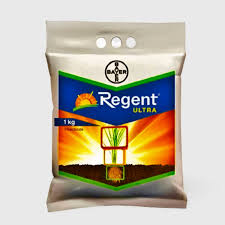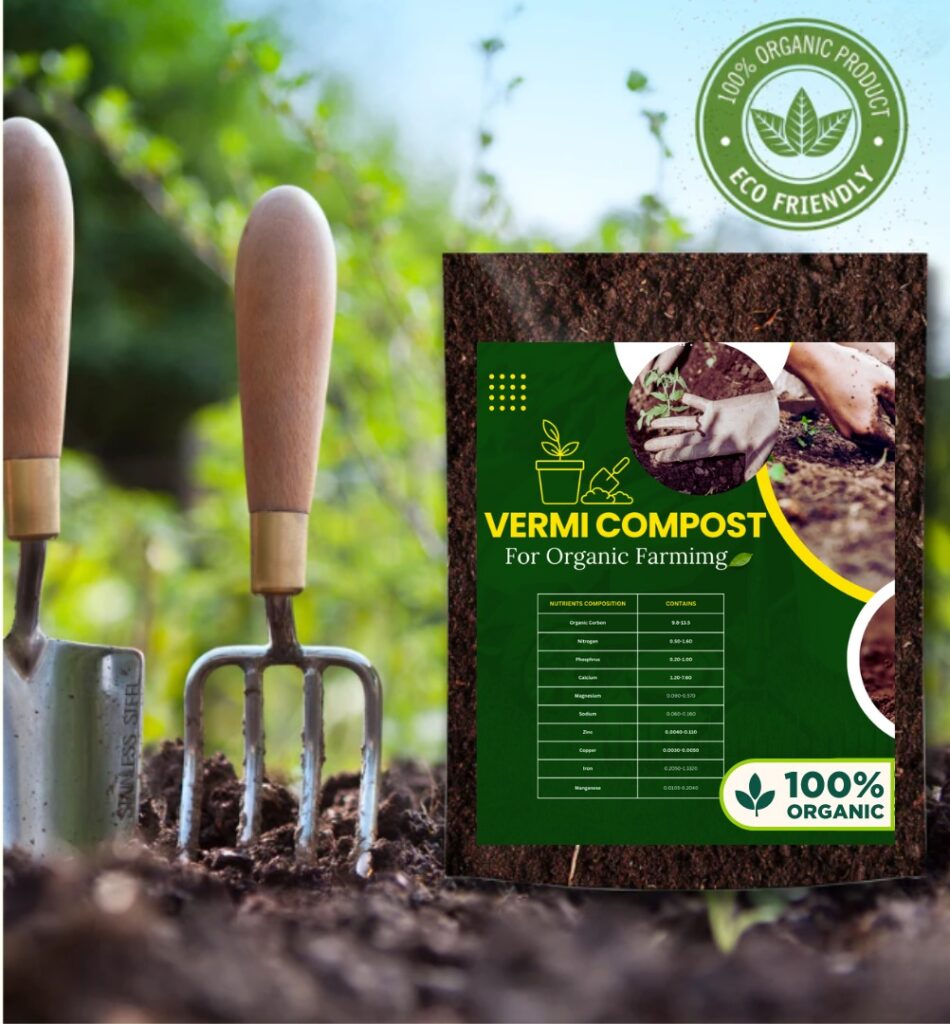Introduction:
When it comes to protecting your crops from harmful insects and pests, having the right information about insecticides is crucial. In this comprehensive guide, we will delve into the world of Regent Insecticide, covering its uses, technical name, price, composition, and more. Let’s get started!

Regent Insecticide Uses
1. Crop Protection
Regent Insecticide is primarily used for crop protection. It is effective against a wide range of pests that can damage crops, including aphids, leafhoppers, whiteflies, and thrips. Farmers use Regent to ensure their crops stay healthy and yield a bountiful harvest.
2. Pest Control in Orchards
Orchard owners find Regent Insecticide invaluable in safeguarding their fruit-bearing trees from pests. The insecticide’s efficacy extends to apple orchards, citrus groves, and other fruit-bearing plants, helping maintain the quality and quantity of the harvest.
Regent Insecticide Technical Name
Chlorantraniliprole
Regent Insecticide’s technical name is Chlorantraniliprole. Understanding the chemical composition of an insecticide is essential for farmers and agricultural experts, as it enables them to make informed decisions regarding its usage and potential environmental impact.
Regent Insecticide Price
Factors Influencing Price
The price of Regent Insecticide can vary depending on several factors. These include:
a. Quantity
Pricing is often based on the quantity of Regent Insecticide purchased. Bulk purchases may lead to cost savings per unit.
b. Packaging
Different packaging options, such as containers or sachets, may come with varying price tags. Choosing the right packaging depends on the specific needs of the user.
c. Geographic
Location Prices can differ by region due to factors like transportation costs and demand.
Cost-Effective Strategies
Farmers can adopt cost-effective strategies by buying in bulk during off-peak seasons or considering alternative pest control methods. It’s essential to strike a balance between cost and effective pest management.
Regent Insecticide Composition
Active Ingredient
The primary active ingredient in Regent Insecticide, Chlorantraniliprole, disrupts the nervous system of insects, ultimately leading to their demise. This selective insecticide effectively targets pests while minimizing harm to beneficial insects and the environment.
Inert Ingredients
Inert ingredients in Regent Insecticide serve various purposes, such as improving adhesion to plant surfaces or extending shelf life. These ingredients are rigorously tested to ensure product safety.
Environmental Considerations
It is designed with environmental responsibility in mind. Its low toxicity to non-target species and reduced impact on ecosystems make it a preferred choice for sustainable pest management.
Conclusion
In conclusion, Regent Insecticide, with its active ingredient Chlorantraniliprole, serves as a valuable tool for farmers and orchard owners in pest management. Understanding its uses, technical name, price factors, and composition empowers users to make informed decisions, safeguard their crops, and contribute to sustainable agricultural practices. When using it, always follow the recommended dose and safety guidelines for optimal results and minimal environmental impact.
By choosing effective and responsible insecticides like Regent, we can strike a balance between protecting our crops and preserving our environment for future generations.



